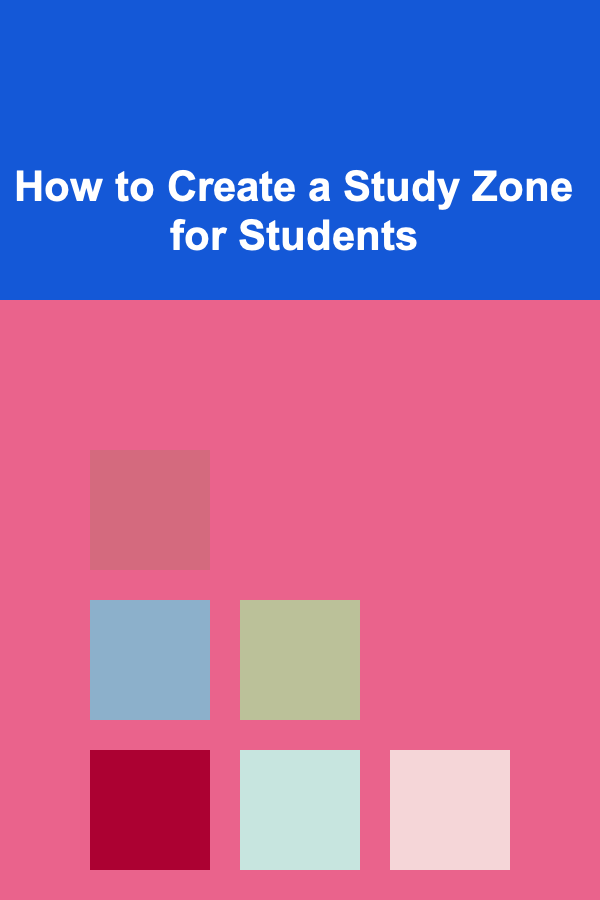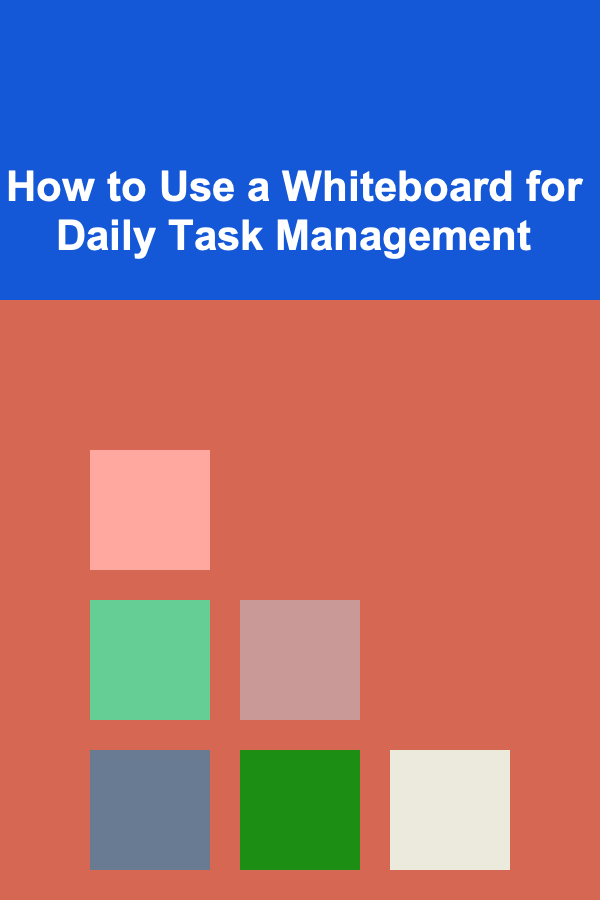
How to Teach a Child to Solve the Rubik's Cube
ebook include PDF & Audio bundle (Micro Guide)
$12.99$7.99
Limited Time Offer! Order within the next:
Not available at this time

The Rubik's Cube is not just a toy but a challenging puzzle that has fascinated millions of people across the globe since its invention in 1974. Its six colorful faces and intricate mechanism captivate both young and old. Teaching a child to solve the Rubik's Cube is an excellent way to foster problem-solving skills, patience, and persistence. However, the process of learning to solve the Cube can be daunting, especially for younger children, given the complexity of its algorithms and the many possible moves.
In this article, we will explore how to teach a child to solve the Rubik's Cube step by step, breaking down the process into manageable parts, offering tips on making the learning experience fun, and addressing common challenges that might arise along the way.
Why Teach a Child to Solve the Rubik's Cube?
Before diving into the mechanics of solving the Rubik's Cube, it's important to understand why this is a worthwhile activity for children. Here are some of the reasons why teaching a child to solve the Rubik's Cube is beneficial:
1. Improves Cognitive Skills
The Rubik's Cube is a fantastic tool for enhancing cognitive abilities. It helps children develop critical thinking skills, improve their spatial reasoning, and enhance memory. As they work through the puzzle, they will also learn to recognize patterns and sequences, which are fundamental to problem-solving.
2. Encourages Patience and Persistence
Solving the Rubik's Cube requires perseverance. It might take several attempts and a great deal of trial and error to figure out how to solve it. Teaching a child to approach the Cube in this manner builds resilience and teaches them that with effort and patience, they can overcome challenges.
3. Boosts Confidence
Solving a Rubik's Cube is an impressive feat that can give a child a sense of achievement and boost their self-esteem. As they progress through the steps and finally solve the Cube, they will gain confidence in their problem-solving abilities.
4. Promotes Focus and Concentration
The Rubik's Cube is an activity that demands attention to detail and sustained focus. For children who struggle with maintaining concentration, practicing with the Cube is a fun and engaging way to build these skills.
Understanding the Rubik's Cube
Before teaching a child how to solve the Rubik's Cube, it is essential to familiarize them with the puzzle and its basic components. Here is a quick overview:
Parts of the Cube:
- Faces: The Rubik's Cube has six faces, each of which is colored (typically white, red, blue, orange, green, and yellow).
- Pieces: Each face consists of smaller squares called pieces. The center pieces are fixed and indicate the color of that face. The edge and corner pieces move and need to be arranged correctly during the solving process.
- Turns and Moves: The Cube's pieces can be rotated in various directions, which is what enables the puzzle to be solved.
Types of Movements:
- U (Up): Rotate the top face 90 degrees clockwise.
- D (Down): Rotate the bottom face 90 degrees clockwise.
- L (Left): Rotate the left face 90 degrees clockwise.
- R (Right): Rotate the right face 90 degrees clockwise.
- F (Front): Rotate the front face 90 degrees clockwise.
- B (Back): Rotate the back face 90 degrees clockwise.
Each of these movements is essential when following the algorithms to solve the Cube. You can teach your child the basic notation and the purpose of each move.
Step-by-Step Guide to Teach a Child to Solve the Rubik's Cube
Now that you understand the puzzle's basic components and movements, it's time to break down the solving process. There are many methods to solve the Cube, but the most commonly used approach for beginners is the layer-by-layer method. This method involves solving the Cube in stages, starting from the bottom and working up to the top.
Step 1: Solve the White Cross
The first step is to create a white cross on the top face of the Cube. This step will help familiarize the child with the different pieces and their positions.
Instructions:
- Choose the white face as the starting point.
- Find the white edge pieces (the pieces that have two colors, one of which is white).
- Position these white edge pieces so that they align with both the white center piece and the center pieces of the adjacent faces.
Tip for Children: Encourage them to take their time and experiment with different moves until they see how the pieces fit together. You can offer some guidance but let them figure out the moves themselves.
Step 2: Solve the First Layer (White Corners)
Once the white cross is complete, the next step is to position the white corner pieces.
Instructions:
- Locate the white corner pieces, which have three colors. These pieces need to be positioned between the white edges.
- Use a series of moves to position these pieces in the correct spots. A common algorithm is:
- R U R' U' (Repeat as necessary to move the white corner into place).
Tip for Children: Make sure they understand that the white corner pieces should fit in the spaces created by the white cross, and they should focus on getting the colors to match.
Step 3: Solve the Second Layer (Middle Layer)
Now that the white face is completed, it's time to move on to the middle layer. This step requires the child to position the edge pieces of the middle layer.
Instructions:
- Look for the edge pieces in the middle layer that are not yellow.
- Use a sequence of algorithms to move these pieces into place:
- U R U' R' U' F' U F (For moving pieces in the correct direction).
Tip for Children: This part can be tricky, so encourage them to practice each move slowly and carefully until they feel comfortable.
Step 4: Solve the Yellow Cross
The next step is to solve the yellow cross on the top face. This step can be challenging, but it's manageable if you break it down.
Instructions:
- Start by positioning the yellow edge pieces correctly.
- Use the algorithm F R U R' U' R U R' U' R U R' U' to move the yellow edge pieces into place.
Tip for Children: It's okay if the Cube doesn't look perfect after the first few attempts. Encourage your child to keep trying, as solving the yellow cross can take some time.
Step 5: Position the Yellow Corners
After completing the yellow cross, the next goal is to position the yellow corners in their correct spots (not necessarily orient them yet).
Instructions:
- Locate the yellow corner pieces that are in the correct position.
- Use the algorithm U R U' L' U R' U' L to swap the corners around.
Tip for Children: Make sure they understand that this step is about getting the corners into the right position, not necessarily orienting them correctly.
Step 6: Orient the Yellow Corners
Finally, the last step is to orient the yellow corners so that the yellow face is fully completed.
Instructions:
- Turn the Cube to orient one yellow corner in the correct position.
- Use the algorithm R' D' R D repeatedly until the corner is oriented correctly, then rotate the top layer to align the next unsolved corner.
Tip for Children: This is often the final and most rewarding step. Once they get the hang of it, encourage them to practice this step until they can do it independently.
Tips to Make Learning Fun
While solving the Rubik's Cube can be challenging, it can also be a lot of fun. Here are some tips to make the learning experience more enjoyable for a child:
- Use Rewards: Set up small rewards for each step completed, such as stickers, extra playtime, or a favorite snack.
- Make It a Game: Turn solving the Cube into a game by timing their progress or creating challenges (e.g., how fast can they complete the first layer?).
- Be Patient and Positive: The Rubik's Cube can be frustrating, so make sure to praise their efforts even if they haven't solved the Cube yet.
- Practice Together: Solve the Cube together and guide them step by step. This shared activity can be bonding and motivating.
Conclusion
Teaching a child to solve the Rubik's Cube is not only a great way to boost cognitive skills but also an opportunity to instill patience, persistence, and a love for puzzles. By breaking the solving process into manageable steps and making the learning experience fun, children can develop problem-solving abilities that will benefit them in many other areas of life. With practice and encouragement, any child can master the Rubik's Cube and experience the joy of solving this timeless puzzle.

How to Create a Study Zone for Students
Read More
How to Organize Audiobooks and Podcasts in Your Library
Read More
How to Use a Whiteboard for Daily Task Management
Read More
The Best Budget-Friendly Alternatives for Personal Care Products That Actually Work
Read More
How To Explore the Future of Genetic Medicine
Read More
How to Create a Personalized Snowboard Instructor Lesson Plan
Read MoreOther Products

How to Create a Study Zone for Students
Read More
How to Organize Audiobooks and Podcasts in Your Library
Read More
How to Use a Whiteboard for Daily Task Management
Read More
The Best Budget-Friendly Alternatives for Personal Care Products That Actually Work
Read More
How To Explore the Future of Genetic Medicine
Read More